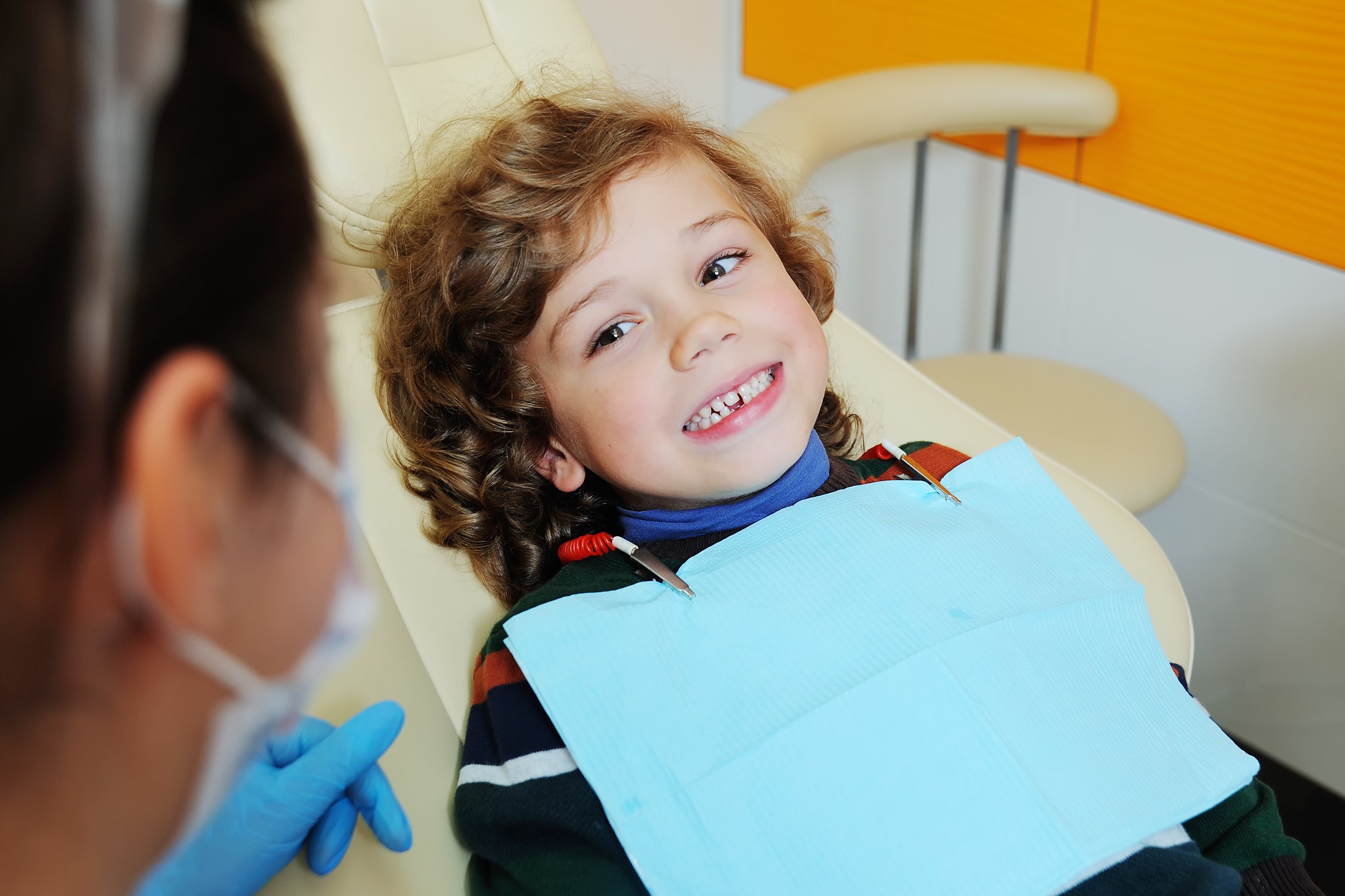
Patient FAQs
Frequently Asked Questions
Q. How do I brush my baby’s teeth?
Use a toothbrush with a small head and soft bristles at bedtime to remove bacteria and plaque.
Q. When should I expect the first teeth?
The average age for the two bottom teeth is six months, which is closely followed by the top two teeth. The remainder of the baby teeth should appear over the next 18 months to two years.
Q. When should I schedule my child’s first appointment?
After the first tooth appears, but no later than the first birthday.
Q. How do I help my baby cope with teething?
A teething biscuit or frozen ring can help, as can liquid acetaminophen dosed in accordance with your baby’s weight.
Q. What are the benefits of visiting a pediatric dentist?
Pediatric dentists have two to three years of specialized training after dental school. This prepares them to treat infants, children, teenagers, and kids with special needs.
Q. Will my child need a filling for a cavity in a baby tooth?
Yes. Left untreated, a decayed baby tooth can cause pain, infection, and affect the normal eruption of the permanent tooth.
Q. How do I prevent baby bottle tooth decay?
Avoid putting your baby to bed with a bottle or breastfeeding right before bedtime. Try to wean from the breast or bottle around the first birthday.
Q. How do children develop tooth decay?
Food left on the teeth attracts bacteria that can eventually cause plaque build-up and decay. Brushing teeth twice daily and limiting sugary snacks can help prevent it.
Q. How does thumb sucking or using a pacifier affect my child’s teeth?
These habits can alter normal alignment of teeth if they continue past infancy. Try to teach your child other ways to self-soothe.
Q. When should I use toothpaste with my child??
Using a soft-bristled toothbrush and water is fine until age two. You can switch to fluoridated toothpaste at that point.

Schedule an Appointment Today!
📱 (212) 360-0835
